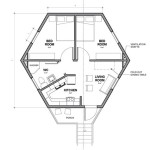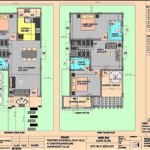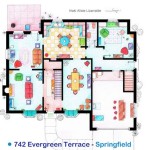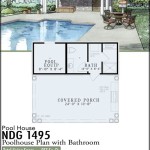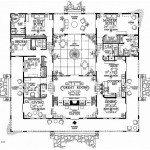Essential Aspects of Sample House Design Floor Plan
Creating a well-designed floor plan is crucial for maximizing the functionality, comfort, and aesthetic appeal of your sample house. Here are the essential aspects to consider:
1. Flow and Traffic Pattern
The flow of your floor plan should be seamless, allowing for easy movement between rooms and avoiding unnecessary obstacles or bottlenecks. Consider the primary paths of travel and ensure that there is ample space for furniture and circulation.
2. Room Arrangement and Size
Determine the number and size of rooms required based on your specific needs and lifestyle. Consider the purpose of each room and the placement of furnishings and windows to optimize natural light and views.
3. Light and Ventilation
Incorporate ample windows and natural light sources into your floor plan. Proper ventilation is essential for air circulation, reducing moisture and maintaining a healthy indoor environment.
4. Privacy and Separation
Plan for adequate privacy between private and public areas. Bedrooms and bathrooms should be separated from living and entertaining spaces, and noise levels should be minimized through appropriate room placement and soundproofing measures.
5. Storage and Organization
Incorporate ample storage into your floor plan, including closets, pantries, built-ins, and attic or basement space. This will help keep your home organized and reduce clutter.
6. Outdoor Living Spaces
If possible, include outdoor living spaces in your floor plan, such as patios, decks, or balconies. These spaces provide additional living and entertaining areas and enhance the overall ambiance of your home.
7. Structural Considerations
The floor plan should be designed in accordance with building codes and structural requirements. This includes considering the placement of load-bearing walls, beams, and columns to ensure the stability and integrity of your home.
8. Accessibility and Inclusivity
Design your floor plan to be accessible and inclusive for all occupants, including those with disabilities or mobility impairments. Consider features such as wider doorways, ramps, and accessible bathrooms.
9. Sustainability and Energy Efficiency
Incorporate sustainable and energy-efficient practices into your floor plan. This can include the use of energy-efficient appliances, solar panels, or passive design strategies to reduce your environmental impact and save on energy costs.
10. Future Expansion and Flexibility
Consider the potential for future expansion or reconfiguration in your floor plan. This may involve designing adaptable spaces or incorporating modular elements that can be easily modified as your needs change over time.
By considering these essential aspects, you can create a sample house design floor plan that meets your individual requirements, enhances your lifestyle, and stands as a testament to thoughtful planning and execution.
House Plans How To Design Your Home Plan

Floor Plan Easy Example Simple Plans Design Hotel

12 Examples Of Floor Plans With Dimensions

Cottage House Plan With 3 Bedrooms And 2 5 Baths 5269

Sample Floorplan Floor Plan Template

Real Estate Floor Plan Design Samples Pgbs

Tiny House Design Floor Plans

House Plan Drawing Samples 2d Drawings

Modern House Design 2024005 Pinoy Eplans Two Y Plans Construction Plan

Free House Design Home And Plans

